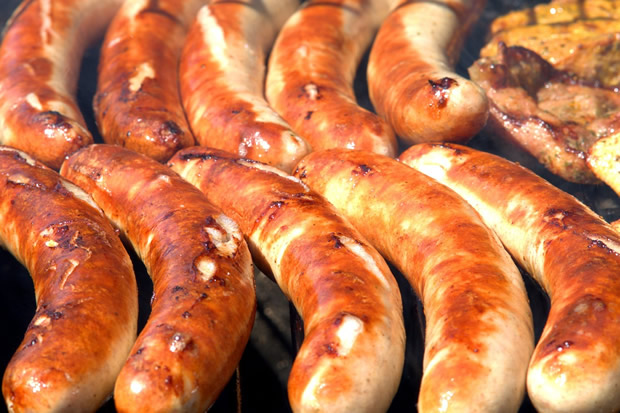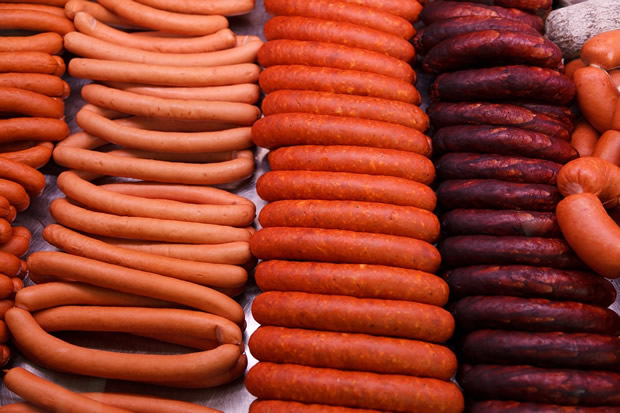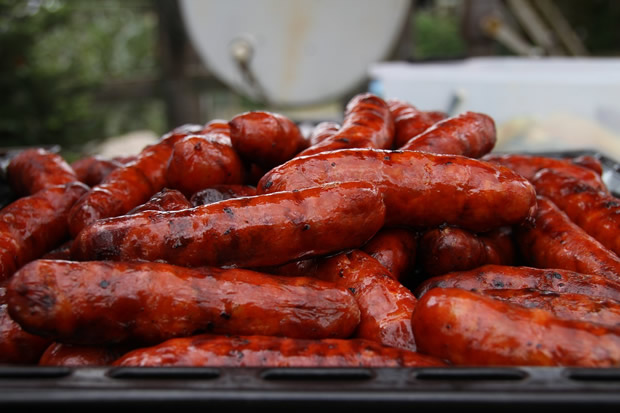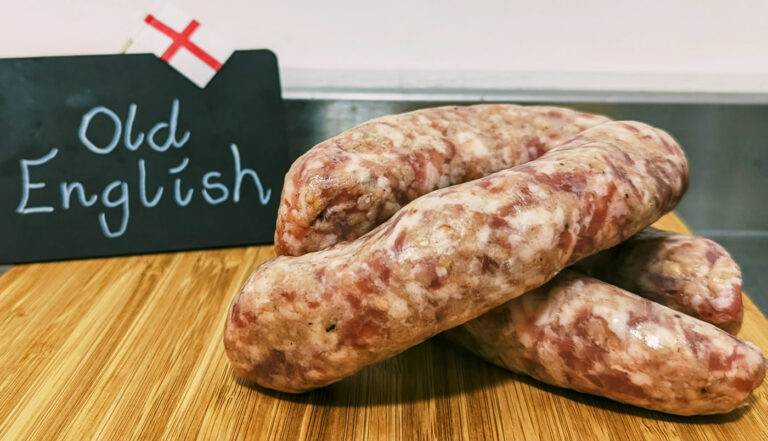A Sizzling Journey Through Time: The Fascinating History of Handmade Sausages
Sausage meat recipes and the history of sausages:
Take a sizzling journey through time and discover the fascinating history of handmade sausages. From ancient civilizations to modern-day gourmet creations, the art of sausage making has been passed down through generations.
Sausages have been a staple food for centuries and have played a significant role in many cultures around the world.
The history of handmade sausages is filled with stories of innovation, creativity, and passion. Join us as we explore the origins of this beloved food, the different varieties that exist, and the techniques used to make them.
You’ll learn about the cultural significance of sausages in different parts of the world and how they have evolved to become a popular dish in modern-day cuisine.
So sit back, grab a cold drink, and get ready to embark on a journey through time as we delve into the fascinating world of handmade sausages.
Early history of sausage making
The history of sausage making can be traced back to ancient civilizations. The first recorded evidence of sausage making dates back to Ancient Greece, where sausages were made from a mixture of ground meat, salt, and spices.
Sausages were also popular in ancient Rome, where they were made from a mixture of chopped meat, fat, and spices.
In medieval Europe, sausages were a staple food, especially during the winter months when fresh meat was scarce. Sausages were made from a variety of meats, including beef, pork, and game, and were often flavoured with herbs, spices, and wine. A variety of sausage meat recipes.
Sausages were also an important part of the diet of sailors, who would take them on long sea voyages because they could be stored for long periods of time without spoiling.
Despite its long history, sausage making remained a local craft until the invention of the meat grinder in the 19th century. The meat grinder allowed for the mass production of sausages, making them more widely available and affordable.

The evolution of sausage making techniques
Over the centuries, sausage-making techniques have evolved and improved. In the early days, sausages were made by hand, with the meat mixture being stuffed into animal casings using a funnel.
This process was time-consuming and labour-intensive and required a lot of skill to get the right consistency.
In the 19th century, the invention of the meat grinder revolutionized sausage making. The meat grinder allowed for the meat to be ground more finely and evenly, which resulted in a more consistent texture.
This made the process of making sausages faster and more efficient and allowed for the mass production of sausages.
In the 20th century, new technologies were introduced that further improved the sausage making process.
Sausage stuffers, which automated the process of filling casings with meat mixture, were invented. This made the process of making sausages even faster and more efficient.
The cultural significance of handmade sausages
Sausages have played a significant role in many cultures around the world. For the people of Germany, sausages are a major part of the culture and are enjoyed in many different varieties.
Sausages in Italy are an important part of the cuisine and are often made with pork and fennel. But in the United States, sausages are a popular food and are often enjoyed at barbecues and sporting events.
Sausages are associated with specific holidays or events in some cultures. In Sweden, for example, sausages are traditionally eaten on Christmas Eve. In Poland, sausages are a traditional food served on Easter Sunday. And they all have their own sausage meat recipes.
Sausages are also an important part of many festivals and celebrations around the world. In Germany, it’s a big event because Oktoberfest is a festival that celebrates beer and sausages. In the United States, sausage festivals are held in many different cities and feature a variety of different types of sausages.

Regional variations in sausage making
There are many different types of sausages, each with its own unique flavour and texture. Did you know, in Germany, for example, there are over 1,200 different types of sausages.
In Italy, sausages are often flavoured with fennel and are made with a mix of pork and beef.
In the United States, sausages come in many different varieties, including hot dogs, bratwurst, and breakfast sausages. Each region of the United States has its own unique style of sausage because they all use different flavours and spices.
The rise of commercial sausage production
With the invention of the meat grinder and other technologies, sausage production became more efficient and cost-effective. As a result, sausage production shifted from being a local craft to a commercial industry.
In the early 20th century, many large meat-processing companies began producing sausages on a large scale. This made sausages more widely available and affordable for people all over the world.
The impact of industrialization on sausage making
While the rise of commercial sausage production made sausages more widely available, it also had some negative impacts. In order to produce sausages on a large scale, many companies began using low-quality meats and fillers.
This resulted in sausages that were less flavourful and of lower quality than traditional handmade sausages.
In addition, the use of preservatives and other additives became more common in commercial sausages. This resulted in sausages that were less healthy and more processed than traditional handmade sausages.

The revival of artisanal sausage making
In recent years, there has been a revival of artisanal sausage making. Many small-scale producers are now making sausages using traditional methods and high-quality ingredients. These sausages are often more flavourful and of higher quality than commercially produced sausages.
Artisanal sausage makers often use locally sourced meats and spices, which results in sausages that are unique to their region. This has led to a growing interest in locally produced foods and a renewed appreciation for the art of sausage making and sausage meat recipes.
The future of handmade sausages
As consumers become more interested in locally produced foods and traditional methods of food production, the future of handmade sausages looks bright. There is a growing demand for high-quality, artisanal sausages that are made using traditional methods and high-quality ingredients.
With the rise of social media and online marketplaces, small-scale sausage makers are now able to reach a wider audience than ever before. This has led to a growing interest in artisanal sausages and a renewed appreciation for the art of sausage making.
Conclusion
The history of handmade sausages is a fascinating journey through time. From ancient civilizations to modern-day artisanal producers, the art of sausage making has been passed down through generations.
Sausages have played a significant role in many cultures around the world and have evolved to become a popular dish in modern-day cuisine. While the rise of commercial sausage production had some negative impacts, the revival of artisanal sausage making shows that there is still a demand for high-quality, traditional sausages.
So the next time you enjoy a delicious sausage from the Sleaford Sausage Shop, take a moment to appreciate the history and craftsmanship that went into making it.
